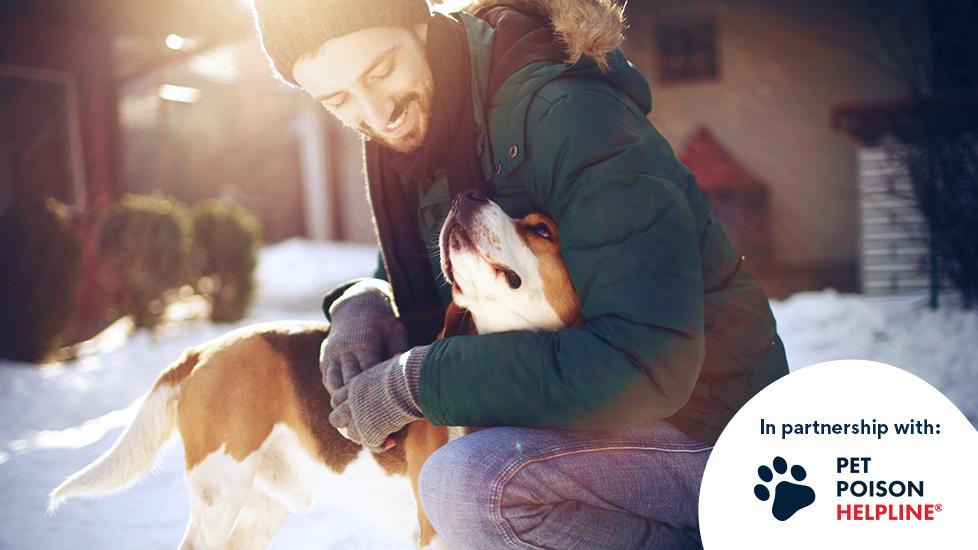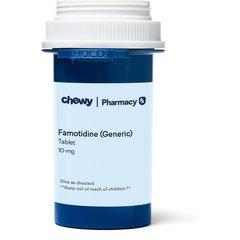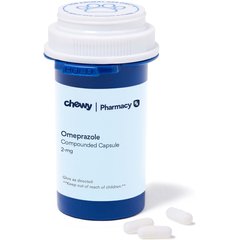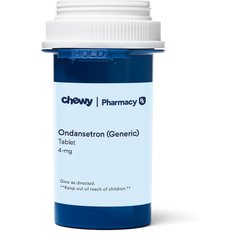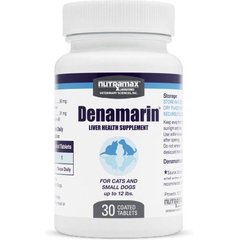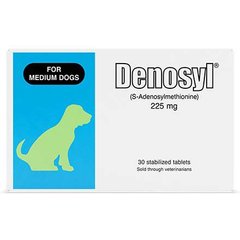My Dog Ate a Hand Warmer. Now What?
AleksandarNakic/E+ via Getty Images via Getty Images
As the weather grows colder, many homes, coat pockets, shoes, and trash cans will have instant-use hand warmers inside. These single-use hand warmers, commonly known as HotHands®, contain iron powder that when exposed to the air creates a reaction that generates heat.
Unfortunately, dogs may enjoy chewing or even swallowing these hand warmers—which can lead to serious illness.
Learn how and why hand warmers are toxic to dogs, and what to do if your dog ate a hand warmer accidentally.
Are Hand Warmers Toxic to Dogs?
While the iron ingredients in hand warmers are the main toxic concern, all parts of the hand warmer, including the outer fabric covering, can make your dog sick if ingested.
Single-use hand warmers are primarily made up of iron powder and activated charcoal, and they have a fabric-type outer covering.
When opened from their plastic wrap and exposed to air, the hand warmer begins to generate heat. As heat is generated over time (typically four to 12 hours), the iron converts to iron oxide and heat is no longer generated.
What Happens If a Dog Eats a Hand Warmer?
The outer wrapper and iron oxide present after the heat generating process are most likely to result in gastrointestinal upset or, less commonly, in an obstruction when ingested by a dog.
The initial iron powder prior to activating the hand warmer and the activated hand warmer, can cause serious illness in your dog.
Iron is normally absorbed in the intestines. When a large overdose of iron is ingested by a dog, it damages the lining of the intestines and allows excessive amounts of iron into the body. Once the excess iron spreads throughout the dog’s body, it damages multiple organs—including the liver and heart.
Irritation to the gastrointestinal tract is why the earliest signs of gastrointestinal upset occur, including vomiting, diarrhea, and abdominal pain. Additional signs include weakness, lethargy, and abnormal breathing.
As hand warmer poisoning in dogs progresses, damage to the heart and liver can lead to collapse, low blood pressure, abnormal heart rate, liver failure, or even death.
What To Do If Your Dog Ate Hand Warmer
If you discover that your dog has torn up or ingested a hand warmer, first clean up any remaining hand warmer granules and outer cover material, both to prevent your pet from ingesting more of the product and to get a general idea of how much of the product is missing.
Reach out to Pet Poison Helpline® at 1-855-764-7661 or your vet to help you determine if your dog ingested a concerning amount of iron and/or packaging and if they need immediate medical attention.
All parts of the hand warmer, including the outer fabric covering, iron ingredients, and later iron oxide ingredients, can make your dog sick if he eats them.
You can contact a pet poison specialist through Pet Poison Helpline before seeking veterinary care if your dog is not showing any severe signs of illness (unable to stand, difficulty breathing, severe vomiting, or weakness).
These specialists will make recommendations for home monitoring or recommend you seek veterinary care as appropriate, based on the type and amount of exposure.
However, seek emergency veterinary care immediately if you notice severe signs of illness in your dog.
Treatment of Hand Warmer Toxicity in Dogs
If your dog ate a hand warmer within two hours and depending on the amount, your veterinarian may recommend inducing vomiting at the hospital as a means of decontamination.
In certain situations, a Pet Poison Helpline specialist may recommend induced vomiting at home under specific guidance. Inducing vomiting in a dog should always be done under the guidance of a veterinary professional.
Forcing a dog to vomit is a veterinary procedure that comes with potentially life-threatening risks, such as aspiration and gastrointestinal ulceration, if done incorrectly.
Depending on the amount of iron remaining in the gastrointestinal tract, your dog may be started on medications to minimize gastrointestinal upset and injury.
These medications may include famotidine or omeprazole, anti-nausea medication such as maropitant or ondansetron, and medications to heal gastrointestinal irritation such as sucralfate.
In severe cases (such as ingestion of a large amount of packaging or hand warmer contents), your dog may need to be hospitalized for IV fluids and additional therapy.
Recovery of Hand Warmer Toxicity in Dogs
With the ingestion of small amounts of iron, you can expect your dog to return to normal within 24 hours of receiving any necessary supportive veterinary care. There may be some mild gastrointestinal upset, change in appetite, and changes in energy level during this recovery period.
You may be instructed to administer medications to support gastrointestinal tract recovery in your dog at home by the veterinarian.
With ingestion of larger amounts of iron, your dog may require hospitalization for up to several days.
Once your dog is discharged home, he could require medications for gastrointestinal support such as famotidine, omeprazole, or sucralfate. He may also need liver support with a veterinary product containing SAM-e (S-adenosylmethionine) such as Denamarin® or Denosyl®. Your pup may also have special dietary needs during his recovery.
It will likely take one to five days for his energy level and gastrointestinal tract function to return to normal. Follow-up blood work may be recommended to ensure your dog is returning to full health with no complications.
Prevention of Hand Warmer Toxicity in Dogs
It’s not clear why dogs are so attracted to chewing on and eating hand warmers. It may be the way they smell or just general curiosity. Either way, it’s important to keep new and used hand warmers from your dog’s reach.
Consider storing new hand warmers in a closed drawer or on a high shelf. Hand warmers should be removed from shoes and pockets as soon as the clothing items are removed and disposed of in a trash can with a lid or one that your dog cannot access.
Using a little extra caution with your hand warmers this cold weather season will help keep your pup safe and away from the dangers of iron poisoning.
